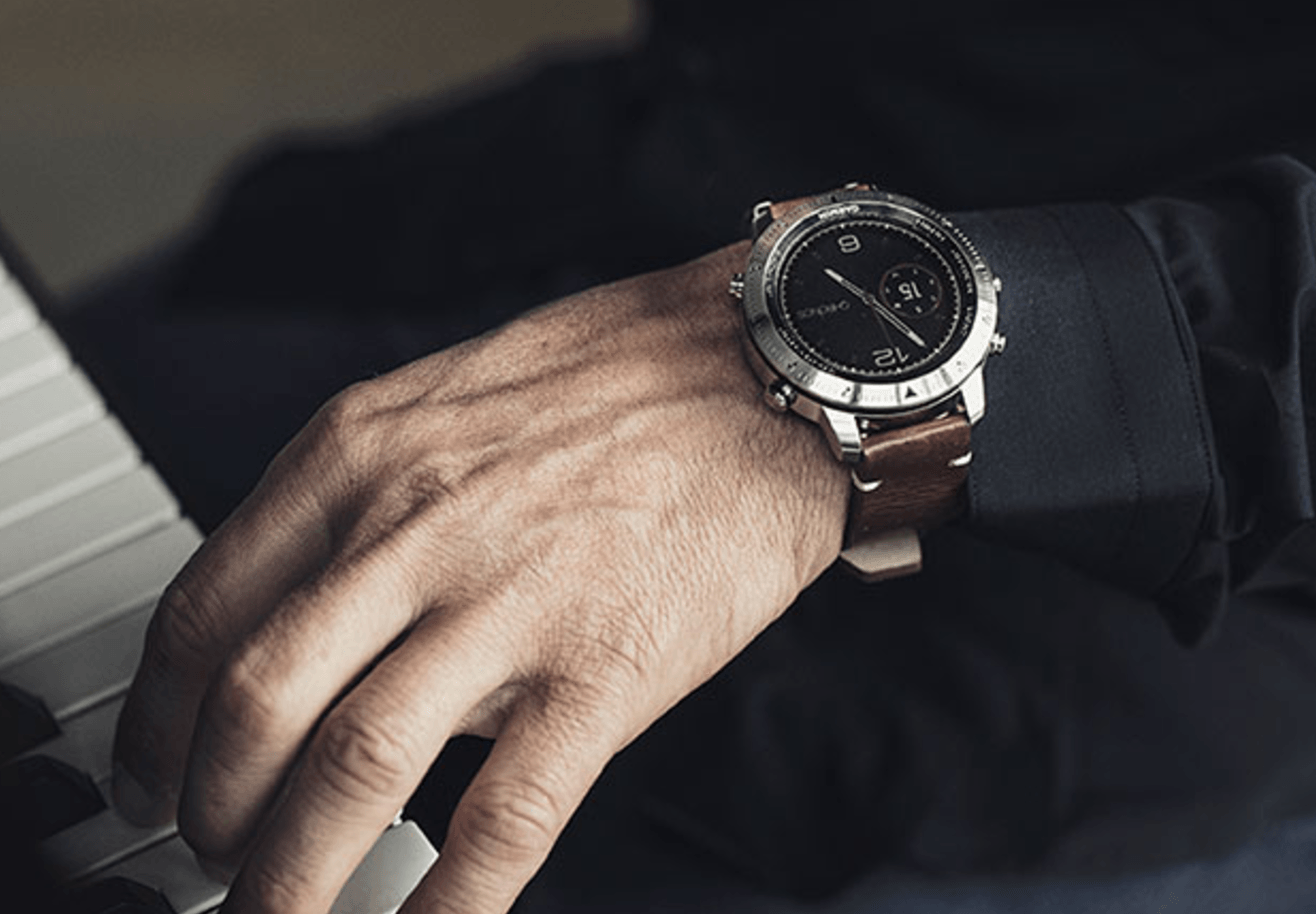
The new Fēnix from Garmin is the 5, announced this week at CES. The three models, the 5S, 5, and 5X replace the Fēnix 3. The new devices add a few key features to the Fēnix line and entry-level versions for smaller wrists, but you may wonder, what happened to Fēnix 4?
Sort of like the way Chevy had to rename the Nova in Spanish markets because, no va, means no go in Spanish, the translation of the Fēnix 4 in Chinese is not so nice. So, no va on the 4, straight to the 5.
The new version of the Fēnix isn’t revolutionary, but we don’t expect earth-shattering wearable advances this year. They kept what worked from the 3, but made a few changes. The changes are subtle, with a few key upgrades to the look and feel of the Fēnix line, plus one change that separates Garmin from the pack.
It may be what they needed to remain just as competitive in 2017 as they were in 2016.
What worked

(source: dcrainmaker.com)
Unless you’re looking at the 5S model, the 5 looks similar enough to the 3 that you might think it was the same round smartwatch. Like the Fēnix 3, the 5s offer GPS, but now with a little more. We’ll come back to that.
Notifications they’ve kept. You get the same health metrics, with a minor tweak. The activity sensors for specific sports are all there, but with some upgrades, so you can still run, bike and swim with the Fēnix.
It’s waterproof to 100 meters, a key feature back when Apple didn’t offer that with the Watch. Same as the 3, it cannot store music like the Apple Watch, but you can use the Fēnix to control your tunes if you don’t mind carrying your phone.
Function Upgrades

(source: explore.garmin.com)
The 5 still offers Bluetooth and WiFi, but a couple of the entry models don’t have WiFI. To make up for it, Garmin increased the Bluetooth functionality.
You can now connect your Garmin to any Bluetooth-enable chest strap, even non-Garmin straps. They promise that this is just the beginning, that they will expand Bluetooth connectivity to more health devices.
The new watch itself utilizes an improved heart rate sensor, one that is more accurate. The sensor also sits more flush to the device, so it sticks out less against your arm.
As far as other sensors go, Garmin added a bunch of ANT+ controls for cyclists. They even improved the user interface with a leaner, more easy to read menu.
Style Changes

(source: explore.garmin.com)
Like I said, the watch itself is familiar. The 5S version is smaller, better suited for small wrists. That model looks a little different.
The standard band changed a little, but they’ve added a ton of new band options. The bands on the 5 you can swap with ease by removing the watch then pulling them.
For someone who wants to dress up their sporty watch for a more formal occasion, it’s an easy swap.
Mapping

(source: dcrainmaker.com)
This is the big change. While mapping is not totally new to smartwatches, this iteration does a better job of it.
What Garmin has on previous devices, including their own Epix watch from a couple of years back is power and storage. Today’s chips are faster and more powerful than just a couple years ago, but they’re also smaller.
That means more space for storage and bigger batteries, all necessary for a worthwhile mapping experience.
With the Fēnix 5 mapping feature, you can find nearby places, like restaurants. You can map round trip routes based on your desired travel distance. If you want to go five miles, that’s what you enter. The 5 maps your route for you.
This is great for runners, bikers or someone who wants to take a walk, but I wouldn’t recommend it for touring a new city, not unless they load in data about sketchy neighborhoods.

(source: explore.garmin.com)
Garmin came out of 2016 as the sneak attack, outperforming other smartwatches by a landslide. I would not find it surprising to see a repeat performance in 2017. They have the brand and the smartwatch reputation to retain their current customers, maybe even snag a few Apple fans.
The only downside I see is the lack of music storage. Many runners and cyclists like to listen to tunes while on the road. The appeal of a watch like this is freedom from your smartphone. Without music, you’re robbed of that freedom. If I have to carry my phone, then I might prefer something like the Vivosmart HR+.
Want more on Fēnix? Head over to Garmin’s site.